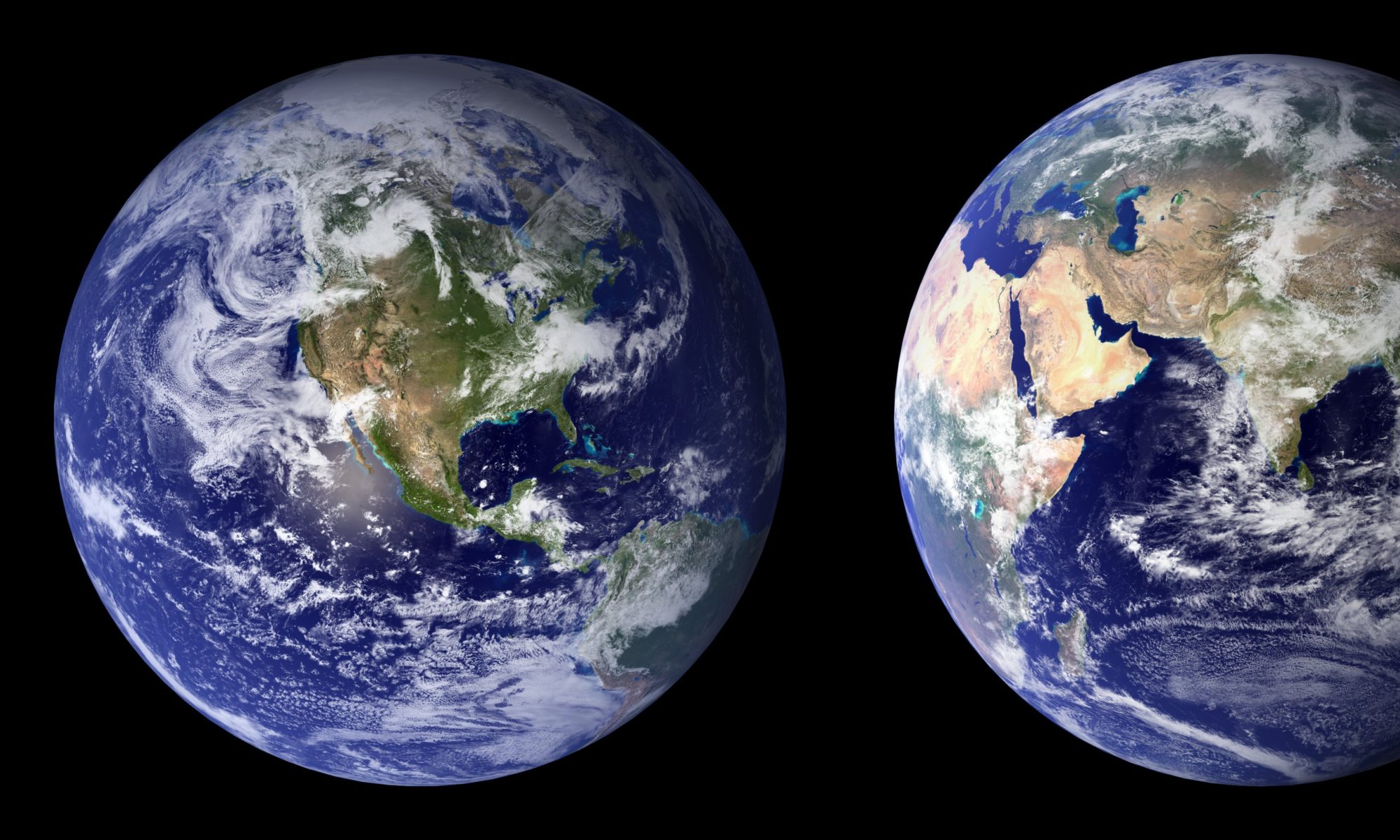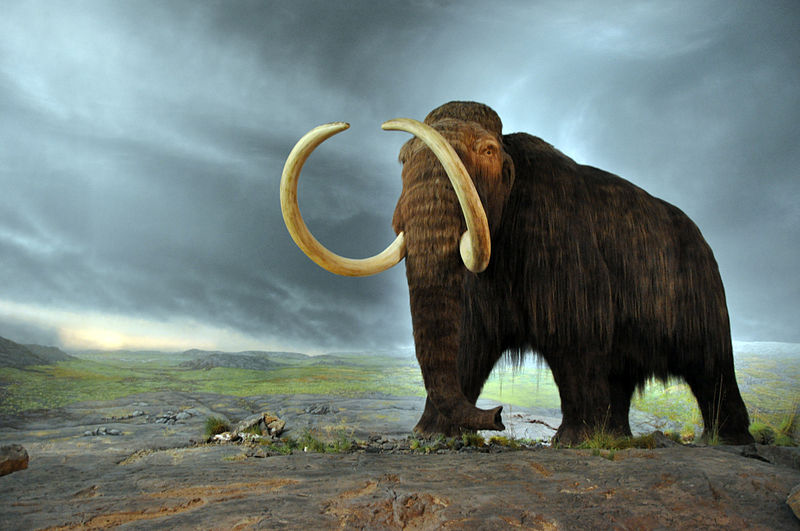Extinction is a natural part of life and evolution. However, there have been several episodes in Earth’s history when the rate of extinction increased dramatically. Perhaps the most infamous of these events was the extinction of the dinosaurs 65 million years ago.
That was the fifth great extinction event the planet has witnessed, but the current rate of extinction (a rate that has persisted since the end of the last ice age) puts this period – the here and now – firmly in the ‘mass extinction’ category. Yes, we are living through the sixth great extinction event Continue reading “A Beastly Burden – Fourteen Extinctions of the 21st Century”







